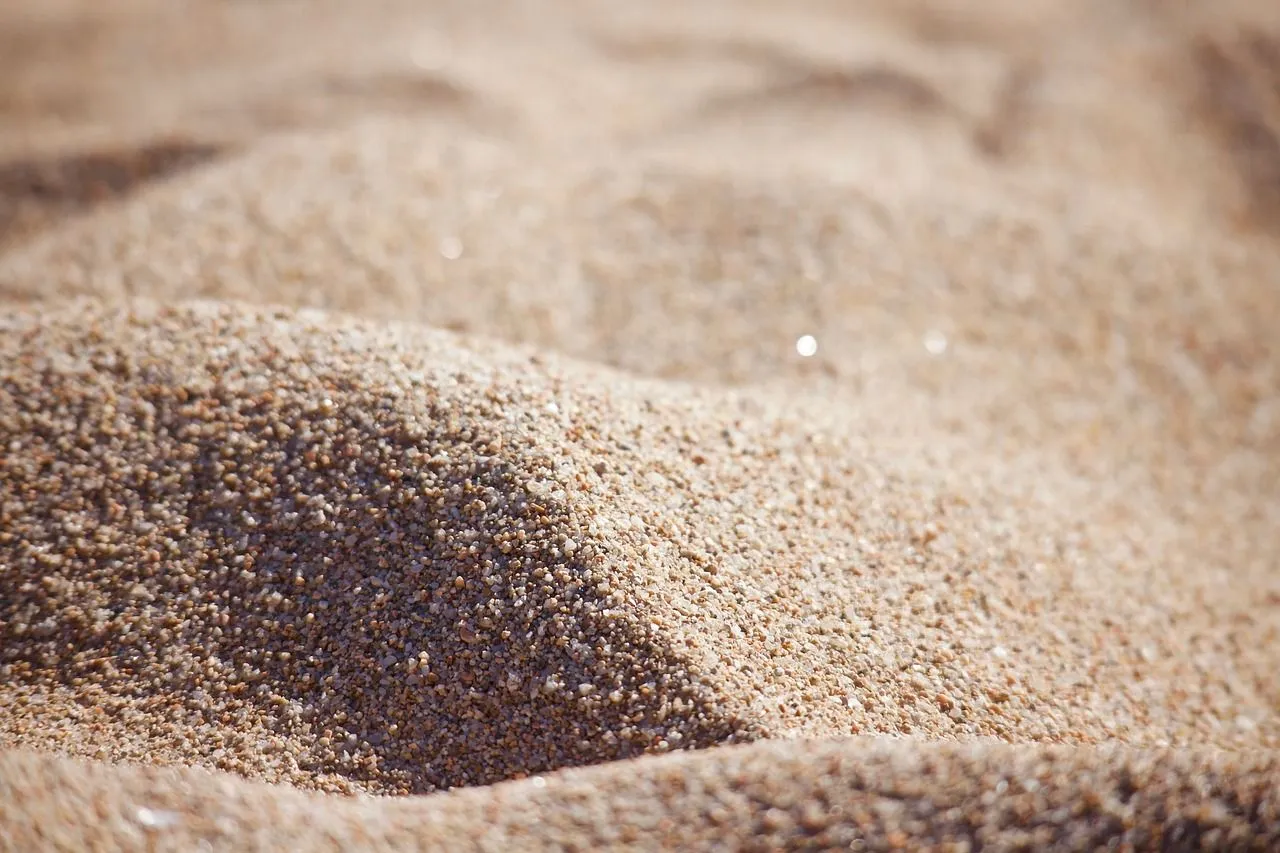This organism creates sandy beaches in the Mediterranean
Published by Cédric,
Article author: Cédric DEPOND
Source: Journal of Foraminiferal Research
Other Languages: FR, DE, ES, PT
Article author: Cédric DEPOND
Source: Journal of Foraminiferal Research
Other Languages: FR, DE, ES, PT
Follow us on Google News (click on ☆)
These unicellular organisms, prolific in warm waters, create beaches by accumulating their calcareous skeletons. A surprising phenomenon that is now drawing the attention of researchers.

Illustration image Pixabay
Native to tropical waters, A. lobifera entered through the Suez Canal several decades ago. This migration, initially concerning for its invasive potential, has taken an unexpected turn. Once rocky shores in the eastern Mediterranean are now covered with this new type of sand.
In Turkey, this sand, composed of calcareous skeletons, is attracting tourists. It is a mixture of other shells and remains of foraminifera. This situation is a boon for the local tourism industry.
Research conducted by American oceanographer Pamela Hallock reveals that the formation of these beaches is occurring at a pace comparable to rising sea levels. Warm waters and high alkalinity boost the metabolism of these organisms.
However, this situation raises ecological concerns. These foraminifera are returning to waters where their ancestors lived millennia ago. Their presence could be seen as a return to their origins, but it could also disrupt current ecosystems.
Human influence on the environment appears to be facilitating the development of these species. Scientists are questioning the long-term impacts of this phenomenon. Could it be seen as a positive side effect of climate change?
This complex reflection highlights the link between human activities and the dynamics of marine ecosystems. Further research is needed to assess the long-term ecological impacts.
What is a foraminifer?
Foraminifera, or "forams," are unicellular marine organisms. Despite their microscopic size, these creatures play a major role in ecosystems. They possess an external skeleton primarily made of calcium carbonate, which, once they die, accumulates on the seafloor.
These organisms help form beach sand, particularly in areas like the eastern Mediterranean. Their calcareous skeleton breaks down into fine particles, contributing to the appearance and texture of the sand, which is essential for the tourist attractiveness of beaches. They also reflect environmental conditions.
Foraminifera are excellent indicators of ocean health. By studying their populations, scientists can detect changes in ocean chemistry, temperature, and pollution. Their presence or absence helps better understand the evolution of marine environments.